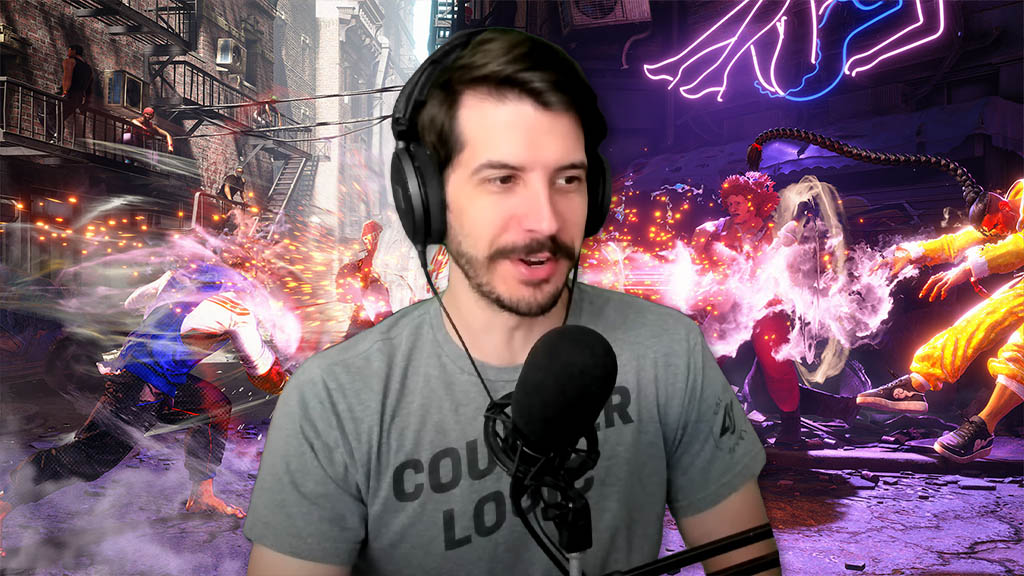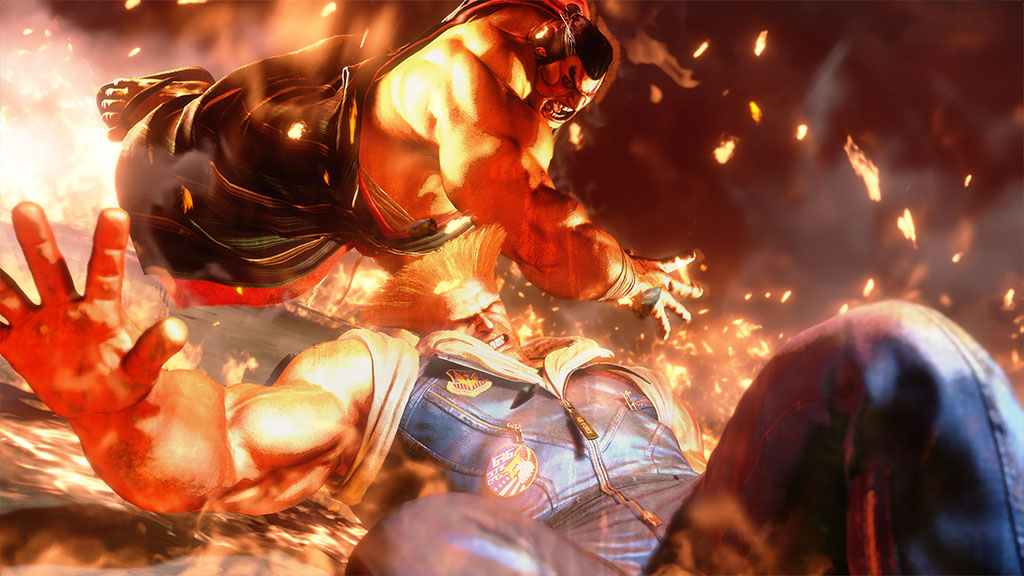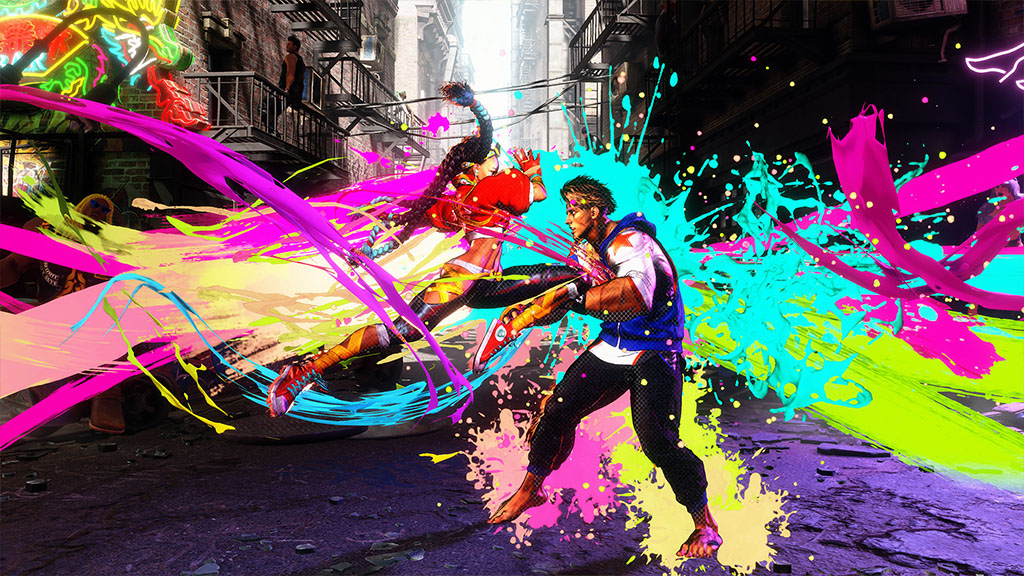Category: Learning Resources
Home » Learning Resources
- •
- 7 min read
You’re here because you want to get better at Street Fighter 6 or fighting games in general, right?
Then this video is a must watch!
In order to improve you’ll need a foundation… You’ll need to understand the fundamentals. The fundamentals will lay the groundwork for improving in every single match you play.
And, who better to teach you those fundamentals than 9 times EVO champion and multi-fighting game champion, Justin Wong.
Want to Be Better? Improve Your Fundamentals
Justin Wong willingly admits there are players who are better than him at certain fighting games.
Of course there are… but, he also says when it comes to tournament set play…they can’t beat him.
How does that even make sense? They’re better than him, but can’t beat him in set play?
And, he’s proven it time and time again across fighting games he hasn’t played as much as others.
You can even see the moment he takes his opponent’s soul at a tournament after a victory.
What’s the secret sauce? Fundamentals… And, Justin’s sharing.
- •
- 4 min read
“Wait? 101? I thought we were still waiting on Street Fighter 6?”
Yep! 101 is just a university term for an introductory course. And, that’s exactly what Brian_F has helped bring to the table with his vast Street Fighter knowledge and competitor experience. Plus, his videos are pretty darn entertaining… Win and win.
So, I HIGHLY encourage you to hit up Brian_F’s YouTube Channel — immediately hit that subscribe button and start down the rabbit hole.
Let me be your guide as we run through a series of YouTube Shorts he’s been posting that gives you food for thought for Street Fighting situations you’ll no doubt encounter over and over again as well as a full feature-length video detailing, “What is a Combo?“
- •
- 8 min read
Are learning big combos the key to winning more games in Street Fighter?
Truthfully, as cool as they look, they’re not the answer you’re looking for.
This idea that you need to learn 20+ hit combos is 100% rubbish.
The real unlock for winning more is upgrading your fundamentals… spacing, timing, neutral, punishes.
As long as we’re both on the same page, then we can talk about why and how to get better at combos in Street Fighter.
First, if they’re not the key, then what do we even need combos for?
In short, your opponent is going to present a lot of opportunities for you to hit them. Maybe you block a dragon punch or have them stunned… Now what?
When I first started Street Fighter V any time I got a crush counter, I didn’t know what to do. So, my default was to get a throw in.
This was some extra damage, but not even close to being optimal, punishing effectively, and winning more games.
Obviously, when the opportunity presents itself, you want to dish out the most damage possible in a reliable fashion. We can expand on this topic, but that’s not why we’re here…
- •
- 6 min read
Here it is! The finale of our four-part series!
If you’ve been practicing along we covered three main key points to set up your best training curriculum for practice mode:
Reduce Input Errors (Build Muscle Memory)
Identify Your Options (Learn What’s Safe)
Learn Basic Combinations (Make Them Automatic)
Part four is really a bonus addition and only comes after you understand your options for your own character.
All of these parts are lifelong fundamentals to utilizing Training Mode, especially as Street Fighter 6 is updated and balanced.
However, once you understand your options, it’s important to know how to use your options against an opponent. No better person to beat up on first than our CPU dummy!
So, back into the lab we go, this time figuring out what our opponents may do and what we can do about it.
If You Have Time to Block, You MAY Have Time to Dragon Punch
- •
- 8 min read
We’ve reached Part 3 of this 4 Part Series!
Our goal here is simple, we’re setting up your very own training curriculum to make the best out of learning Street Fighter 6 (and really any fighting game!).
Our focus is these three main points:
Reduce Input Errors (Build Muscle Memory)
Identify Your Options (Learn What’s Safe)
Learn Basic Combinations (Make Them Automatic)
Part 1 and Part 2 served as foundations for what we’re covering in Part 3. I assume you’ve laid the foundation, so next we’ll get into one of the main features of training mode: learning and executing combinations.
You’ll often hear of training mode referred to as the “lab” or you’re “labbing a character” because people use training mode to experiment. And, boy are some of the things the fighting game community discovers just crazy sick. We’ll highlight more of these discoveries later!
For now, let’s get into the lab ourselves!
Attack Strings? Combinations?
- •
- 8 min read
Welcome to Part 2 of this 4-Part Series.
In our first installment, Unlock Your Potential in Practice Mode: Part 1 - The Beginner’s Practice Plan, we took a look at how to ultimately build a practice plan to reduce input errors and build muscle memory.
If you’re newer to Street Fighter or fighting games in general, definitely start there.
If you’re here for Part 2, I assume you’ve already done Part 1! I can’t stress this paradigm shift enough when it comes to guides…
The most effective way to learn is to read a piece and then go do it. When you’re ready for more, come back, read more, then implement again before moving further!
As a reminder we’re working through three main goals for training mode:
Reduce Input Errors (Build Muscle Memory)
Identify Your Options (Learn What’s Safe)
Learn Basic Combinations (Make Them Automatic)
- •
- 6 min read
If you’re learning Street Fighter 6 or any new fighting game for the first time, it’s tempting to just jump in and hit buttons. The more, the better!
But, for most this just leads them down a path of frustration, when they eventually hit a wall and start seeing things happening in-game that they aren’t truly understanding.
What you really need is just a basic practice plan. Something to either warm you up before jumping into games or to truly understand the character you want to play. After all, in order to get good at anything, you have to practice.
Of course this leads us into Practice or Training Mode. Practice Mode is going to be your best friend and the foundation for any goal relative to “git gud!” at the game. Here we can safely hit buttons against a CPU dummy and gather data.
Now, what most tend to do first is figure out what all the special moves are for their character… and maybe what cool combos they can eek out. This isn’t necessarily wrong…but, it’s not optimal for the beginner player to truly unlock their potential.
As a beginner, you have three main goals when entering training mode:






